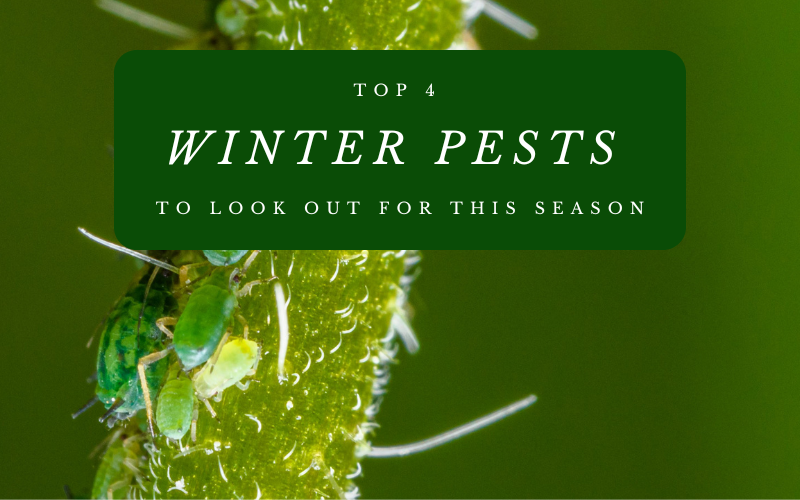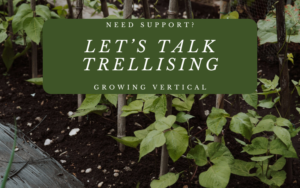If you are anything like me, you may not want to check up on your garden daily in the winter that you would do during the spring and summer months. It is important to still check your plants to make sure that your garden is not becoming infested with pests that could discreetly feed on your plants.
Here are some signs that your garden might be infested:
- Wilting leaves
- Stunted plant growth
- Mottling Leaves
- Chewed edges on leaves.
- Leaf loss
Depending on which region you live in, will determine which pests you might find in your yard, but here is a general list of some of the frequent winter garden pests that you might find.
Aphids
Aphids are a common garden pest that you might see during milder winter temperatures. They can cause significant damage to your plants by eating your leaves and causing them to curl and become discolored.
It is important to combat aphids as early as you can so that they don’t cause irreversible damage to the health of your plants. Using strong bursts of cold water for either your hose or a spray bottle will dislodge them from your plants. Make sure to continue to monitor them in case they decide to make a return appearance.
Slugs and Snails
While snails tend to go dormant in the colder winter months, slugs have a tendency to stick around in the milder winter temperatures. Both of these animals will feast on your seedlings and leafy crops. They tend to feed from the evening to the early morning in order to stay undetected and retain as much water as they can for mobility.
In order to combat these nefarious pests, you can pick them right off of your plants as they can transmit parasites. Or preventatively, you may be able to use crushed eggshells or grit around the parameter of the containers that hold your plants. Other things like copper tape and Vaseline might work as deterrents.
Cabbageworms
Otherwise known as cabbage moth caterpillars, these larvae are doing what they do best in that stage of development, eating. As their name suggests, they have a tendency to focus their diets on plants of the brassica family (your broccoli, cabbage, kale, collards, etc.) which for a lot of gardeners planted and harvested later in the year.
Similar to the solution for snails and slugs, if you find these caterpillars hiding under the leaves of your plants, simply pick them off before they can cause any more damage.
Rats and Mice
These animals, depending on your climate, are able to adapt to your winters and still remain active during those months. They seek shelter and warmth, and you may find them chewing on your plants and them migrating to your greenhouse if you have them and sometimes even your houses.
To combat these animals, make sure that you seal up any holes or gaps in your floors and or walls to make sure that they can’t squeeze through. If you think that you might already have an infestation, hire wildlife control and traps to catch the ones that are already there.
For now, though, I hope you are now aware of at least a few of the pests that you could encounter this winter! Make sure to take the preventative measures necessary so that you don’t have different pest evasions in your garden! Remember to do some preliminary research to see which pests are more common in your area so that you are the most prepared!
Until next time, as always, Plant with a Purpose! – BTR




